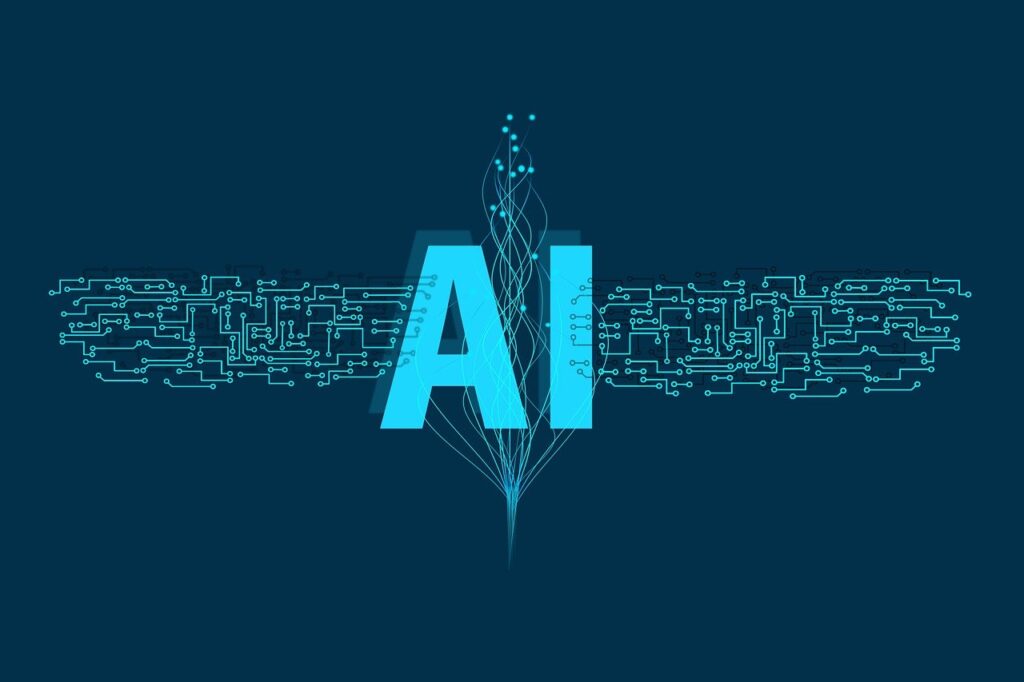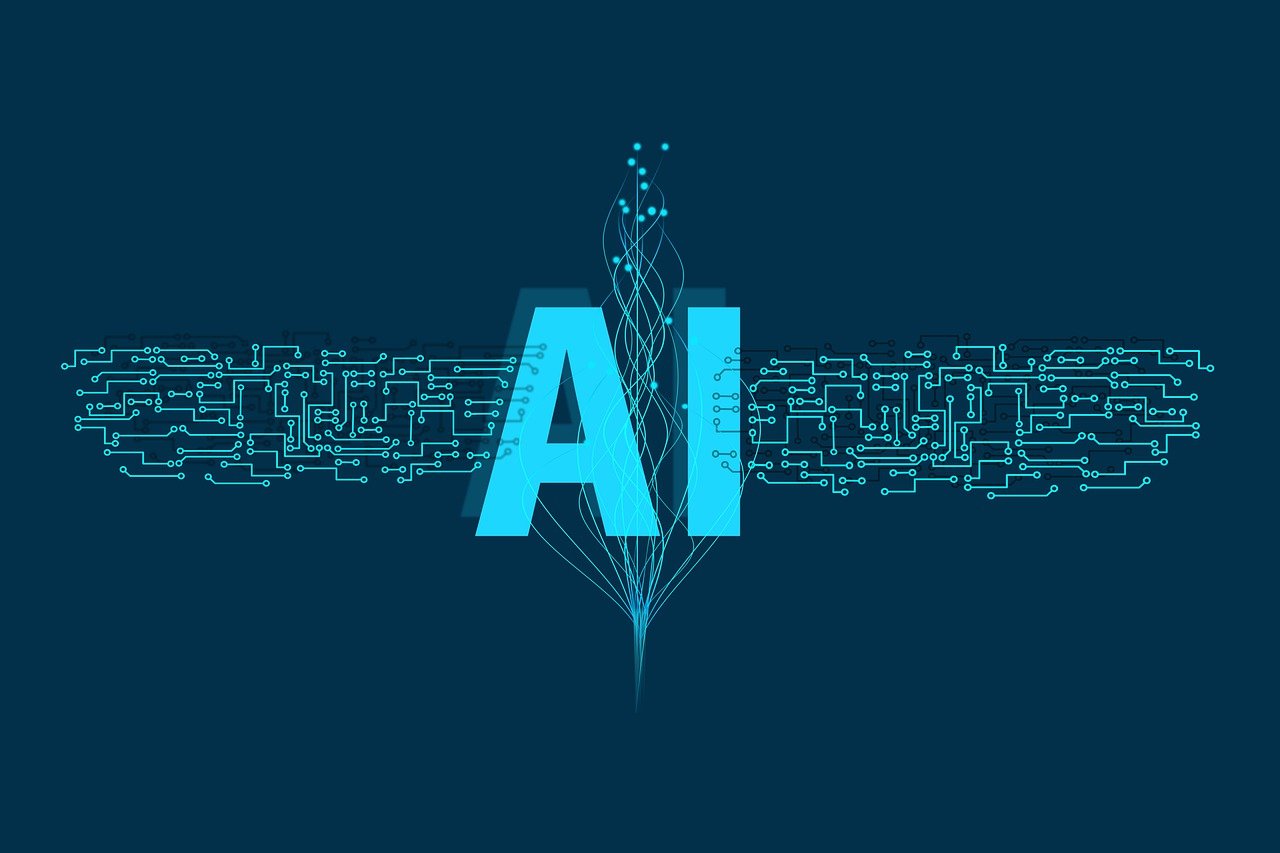Introduction to Generative AI
In today's rapidly advancing technological landscape, artificial intelligence (AI) has emerged as a groundbreaking field with immense potential. One particular branch of AI that has garnered significant attention is generative AI. Generative AI refers to the subset of machine learning algorithms that can create new and original content, such as images, music, or text, resembling human creations. With its ability to generate novel outputs, generative AI holds promise across various industries.
We are in a very exciting phase of Artificial Intelligence technology development. The recent emergence of Generative AI tools like ChatGPT & BARD has made it accessible to everyone and we all can now experience its magnificence.

Generative AI, a branch of artificial intelligence, focuses on creating new content using machine learning algorithms. By training on vast datasets, generative AI models learn patterns and generate original outputs, often indistinguishable from those produced by humans. This technology has immense potential in numerous sectors, revolutionizing the way we work, create, and interact with technology.
Generative AI Examples - 7 Potential areas of application & uses of
In this article, we will explore seven key potential areas of application and uses for generative AI:
1. Art and Creativity
Generative AI has opened up new avenues for artists and creative professionals. By harnessing the power of generative AI algorithms, artists can explore unique styles, generate novel designs, and push the boundaries of traditional art forms. From paintings and sculptures to music composition and fashion design, generative AI can assist artists in the creative process, offering inspiration and innovative possibilities.
2. Healthcare and Medical Research
In the field of healthcare, generative AI has the potential to revolutionize medical research, diagnosis, and treatment. By analyzing vast amounts of patient data, generative AI models can assist in early disease detection, prediction of treatment outcomes, and personalized medicine. Moreover, generative AI can aid in drug discovery by simulating the effects of potential compounds, expediting the development of new treatments.
3. Gaming and Virtual Environments
Generative AI has a significant impact on the gaming industry and virtual environments. Game developers can leverage generative AI algorithms to create realistic and immersive gaming experiences. From generating lifelike characters and dynamic environments to creating interactive narratives, generative AI enhances the overall gaming experience, offering players a more engaging and realistic virtual world.
4. Content Generation and Marketing
Generative AI plays a vital role in content generation and marketing strategies. Businesses can utilize generative AI algorithms to automate the creation of engaging content, including articles, product descriptions, and social media posts. This streamlines the content creation process, saves time, and ensures consistency in brand messaging. Additionally, generative AI can analyze user behavior and preferences to generate personalized marketing campaigns and recommendations.
5. Simulation and Training
Generative AI enables the creation of realistic simulations for training purposes. Whether it's flight simulators for pilots, virtual surgeries for medical professionals, or military training scenarios, generative AI can replicate real-world environments and scenarios with incredible accuracy. This facilitates experiential learning, reduces costs, and enhances training effectiveness across various domains.
6. Natural Language Processing
Generative AI has the potential to advance natural language processing (NLP) capabilities. NLP algorithms powered by generative AI can generate human-like text, including chatbot responses, automated customer support, and even creative writing. This technology enables more engaging and interactive user experiences, enhancing communication between humans and machines.
7. Assistive Technology
Generative AI has the potential to revolutionize the field of assistive technology, making a significant impact on the lives of individuals with disabilities. By leveraging generative AI models and algorithms, assistive technology devices can provide innovative solutions to communication, mobility, and accessibility challenges.
Conclusion
The usage of Generative Ai is certainly not limited to these 7 potential areas. Generative AI holds tremendous potential across various industries. From art and music to content generation and healthcare, the applications of generative AI are far-reaching. As this field continues to evolve, we can expect further advancements and new possibilities in creative expression, problem-solving, and human-machine interaction.
While generative AI holds great promise, it is important to consider ethical considerations and potential challenges such as biases in the training data, data privacy, and accountability. Striking the right balance between technological advancement and responsible deployment will be crucial to ensure that generative AI brings positive changes to the world.
In our future posts, we will try to explore the potential areas in detail!!
FAQs
- Can generative AI completely replace human creativity in art and music?
- Generative AI is a powerful tool that can assist artists and musicians in their creative process, but it cannot entirely replace human creativity. It can offer new perspectives, generate ideas, and aid in the exploration of novel styles and compositions, but the human touch and unique insights are still crucial in creating truly original and meaningful works of art.
- How does generative AI benefit content creators and marketers?
- Generative AI can benefit content creators and marketers by automating the process of content generation. It can quickly produce high-quality textual content, such as articles, blog posts, and social media posts, based on given prompts or data. This saves time and resources, allowing content creators and marketers to focus on other aspects of their work, such as strategy and audience engagement.
- What are the potential ethical considerations surrounding generative AI?
- Generative AI raises ethical considerations regarding issues such as copyright infringement, plagiarism, and the responsible use of AI-generated content. It is important to establish guidelines and regulations to ensure that generative AI is used ethically and respects intellectual property rights. Additionally, there is a need to address concerns about the potential misuse of generative AI for malicious purposes, such as creating fake news or deepfakes.
- How can generative AI improve personalized healthcare?
- Generative AI can improve personalized healthcare by analyzing vast amounts of patient data and generating insights that aid in early disease detection, treatment prediction, and personalized medicine. It can assist in identifying patterns and correlations that may not be apparent to human clinicians

1 thought on “Generative AI Examples – 7 Top potential areas of application & uses”